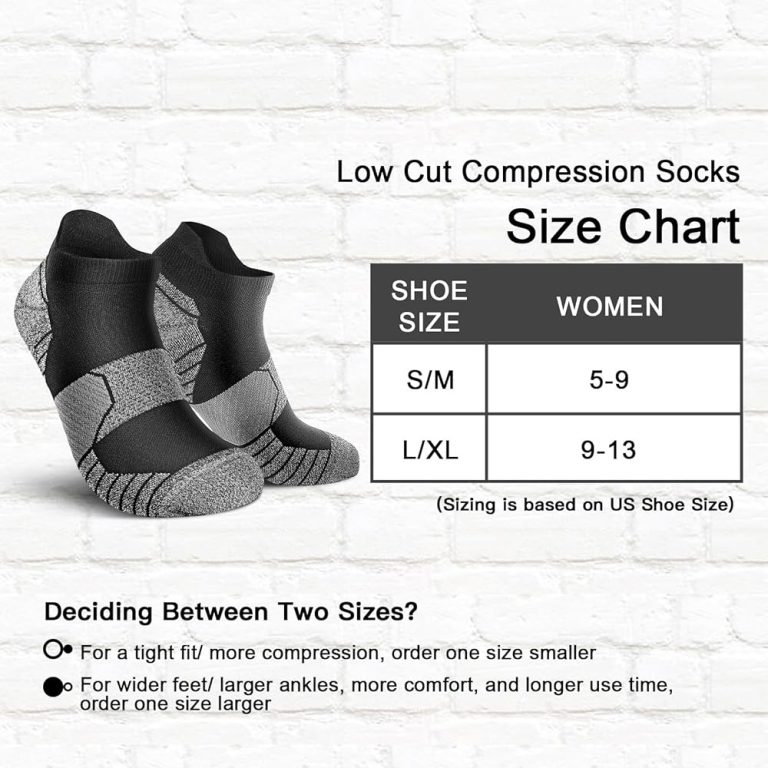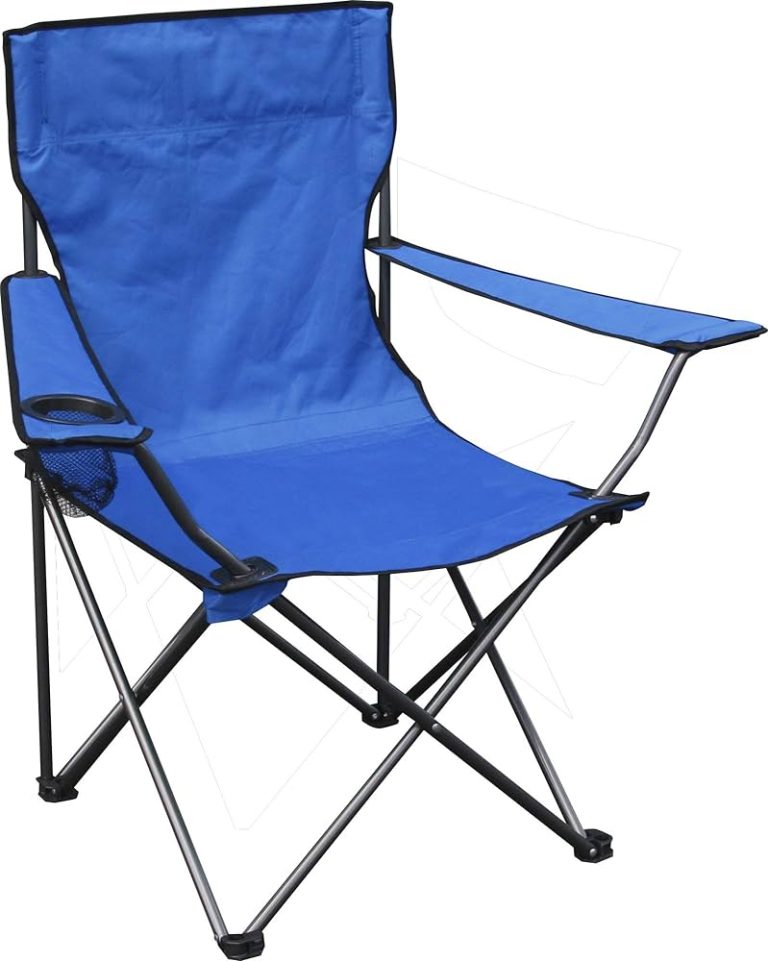9 Best Skin Tag Removers: Effective, Safe, and Easy Solutions to Try
Skin tags can be a pesky and unwelcome addition to your skin. These small, benign growths often appear in areas where skin rubs against skin or clothing, causing discomfort and sometimes embarrassment. Fortunately, you don’t have to live with them forever.
Criteria for Choosing the Best Skin Tag Removers
Choosing the right skin tag remover can make a big difference in comfort and effectiveness. Carefully consider the following factors before making your decision:
Effectiveness and Speed
Look for removers known for their effectiveness. Products should show results quickly, typically within a few days to a week. Common effective ingredients include salicylic acid and tea tree oil. Check if the product has clinical backing or proof of efficacy.
Safety and Side Effects
Prioritize safety to avoid adverse reactions. Ensure the remover is dermatologically tested and free from harmful chemicals. Look for hypoallergenic options, especially if you have sensitive skin. Be aware of potential side effects such as redness or irritation.
Ease of Use
Choose a skin tag remover that’s easy to apply. Products should come with clear instructions and require minimal steps. Consider options like creams, patches, or pens, which typically don’t require a medical professional’s assistance.
Consumer Reviews and Ratings
Check consumer reviews to gauge real-world effectiveness. High ratings and positive feedback from other users can be a good indicator of a product’s reliability. Look for detailed reviews mentioning the same skin issues you have to ensure it’s a fit for your needs.
Review of the 9 Best Skin Tag Removers
Let’s dive into the top skin tag removers based on effectiveness, safety, and user reviews.
Topical Solutions
- Compound W Skin Tag Remover: Compound W uses salicylic acid to target and dissolve skin tags. Safe for most skin types, it’s easy to apply and shows results within weeks. Users praise its effectiveness and ease of use.
- TagBand Skin Tag Remover Device: TagBand offers a banding device that cuts off blood supply to skin tags, causing them to fall off. It’s painless and efficient, making it a favorite among users seeking a non-invasive method.
- Amoils H-Skin Tags Formula: Amoils H-Skin Tags Formula contains natural ingredients like tea tree oil. It’s gentle, with many users noting it for sensitive skin areas. Slow but steady results are commonly reported.
Cryotherapy Devices
- Wart and Mole Vanish: This cryotherapy device employs freezing methods to remove skin tags. Quick and effective, it’s a popular choice for those looking for immediate results. Users appreciate its precision and speed.
- Dr. Scholl’s Freeze Away: Designed for warts but effective on skin tags, this device freezes the tags, causing them to fall off. Simple to use, it provides results within days. Users commend its practicality and outcome efficiency.
Electrosurgical Devices
- Verseo ePen: The Verseo ePen uses electrolysis to eliminate skin tags. It’s precise and careful, offering a non-invasive alternative. Users highlight its ability to treat multiple tags at once.
- Bicitronix Mole Remover Pen: The Bicitronix pen is another electrosurgical option that uses electric pulses to remove skin tags. Portable and user-friendly, it’s well-reviewed for its rapid results and ease of use.
- Tea Tree Oil: A natural antifungal and antibacterial agent, tea tree oil works to dry out skin tags, making them fall off over time. Users love its natural properties and effectiveness, though results can vary.
- Apple Cider Vinegar: Applied with a cotton ball, apple cider vinegar helps dissolve skin tags. It’s popular for its natural approach and affordability. Users often see results within a few weeks but note the need for consistent application.
How to Use Skin Tag Removers Safely
Using skin tag removers safely ensures effectiveness and reduces the risk of complications. Here are specific guidelines for different types of skin tag removers.
Instructions for Topical Solutions
Apply topical solutions, such as Compound W or Amoils H-Skin Tags Formula, directly to clean, dry skin. Use a cotton swab or applicator to avoid contamination. Always follow the product’s instructions for application frequency and duration. For natural remedies like tea tree oil, apply 2-3 times daily until the skin tag diminishes. Look for signs of irritation and discontinue if any adverse reactions occur. Be patient; results may take several weeks.
Guidelines for Cryotherapy
Use cryotherapy devices like Dr. Scholl’s Freeze Away as directed on the package. Clean the area and prep with an alcohol wipe. Attach the applicator to the can, then gently press it onto the skin tag for the specified seconds. Avoid pressing too hard to prevent skin damage. One treatment might suffice, but stubborn skin tags may need a repeat session after two weeks. Always observe the treated area for signs of excessive redness or blistering.
Tips for Electrosurgical Devices
Electrosurgical devices, such as Verseo ePen, require careful handling. Ensure the device is fully charged or has new batteries. Clean the area with an antiseptic before use. Gently touch the skin tag with the device’s tip, applying small bursts of energy to remove the tag. Avoid prolonged contact to minimize skin burns. After treatment, apply an antibiotic ointment to prevent infection. Follow all safety instructions provided by the manufacturer to avoid complications.
Advantages and Disadvantages of Different Skin Tag Removal Methods
Depending on the method you choose, skin tag removal can vary in effectiveness and ease. Here’s a breakdown of the pros and cons of the most popular methods.
Topical Solutions
Topical solutions involve applying a liquid or gel directly to the skin tag.
Advantages:
- Ease of use: You can easily apply at home without professional help.
- Non-invasive: No cutting or burning, which reduces the risk of infection.
- Availability: Widely available over-the-counter.
Disadvantages:
- Time-consuming: May take several weeks of regular application to see results.
- Variable effectiveness: Results can vary depending on the product and your skin type.
- Possible Skin Irritation: Some ingredients may cause irritation or allergies in sensitive skin.
Cryotherapy
Cryotherapy uses extreme cold to freeze the skin tag off.
Advantages:
- Quick results: Usually removes skin tags in a matter of days.
- Effective: High success rate for removal.
- Minimal scarring: Typically leaves minimal to no scarring.
Disadvantages:
- Pain: Can cause a stinging or burning sensation.
- Cost: Often more expensive than other methods, especially if performed by a professional.
- Possible discoloration: Skin may become temporarily discolored in the treated area.
Electrosurgical Devices
Electrosurgical devices use electric current to burn off the skin tag.
Advantages:
- Instant results: Removes skin tags almost immediately.
- Precision: Allows for targeted removal with minimal damage to surrounding skin.
- High success rate: Very effective in completely removing skin tags.
Disadvantages:
- Pain: Can be painful, often requiring local anesthesia.
- Potential scarring: Higher risk of scarring compared to non-invasive methods.
- Cost and accessibility: Usually requires a professional and can be pricey.
Natural Remedies
Natural remedies include the use of substances like tea tree oil, apple cider vinegar, and other plant extracts.
Advantages:
- Natural ingredients: Less likely to cause chemical irritation or allergic reactions.
- Cost-effective: Generally inexpensive and easily accessible.
- Non-invasive: Simple application without cutting or burning.
- Slow process: Takes a long time to see results, often weeks or months.
- Variable effectiveness: Not all skin types respond well to natural remedies.
- Potential skin reactions: Some natural ingredients can cause skin irritation or allergic reactions in certain people.
Understanding these methods’ advantages and disadvantages can help you choose the best skin tag remover for your needs.
What to Expect After Using Skin Tag Removers
Using a skin tag remover can improve both comfort and confidence. To ensure the best results, follow appropriate aftercare and prevention tips.
Immediate Aftercare
Clean the treated area. Use mild soap and water to keep it clean and reduce the risk of infection. Apply an antibiotic ointment. This can protect the skin and promote faster healing. Cover with a sterile bandage. A bandage will shield the area from dirt and bacteria. Watch for signs of infection. Look for redness, swelling, or pus, and consult a healthcare professional if these symptoms occur.
Long-Term Care and Prevention
Moisturize regularly. Keeping your skin hydrated can prevent new skin tags from forming. Avoid friction. Wear loose-fitting clothes to reduce skin irritation, which can lead to new tags. Maintain a healthy weight. Weight management can decrease skin folds where tags often form. Practice good skin hygiene. Regularly clean your skin to remove oils and debris that can contribute to tag formation.
FAQs About Skin Tag Removal
Understanding skin tag removal can help you make informed decisions. Here are some frequently asked questions to guide you.
How Long Does It Take for Skin Tags to Fall Off?
The time it takes for skin tags to fall off varies depending on the removal method. Topical solutions can take a few days to several weeks. Cryotherapy usually results in the tag falling off within 1-2 weeks. Electrosurgical removal and natural remedies may have different timelines based on effectiveness and frequency of application.
Are There Any Risks in Removing Skin Tags at Home?
Yes, there are risks to consider when removing skin tags at home. Infection is a common risk, especially if you don’t use sterile equipment or maintain proper hygiene. Scarring can also occur if the procedure is not performed correctly. Using unverified natural remedies might lead to irritation or allergic reactions.
When Should You See a Doctor?
You should see a doctor if your skin tag is painful, large, or located in a sensitive area. Consult a healthcare professional if you notice signs of infection, such as redness, swelling, or pus. It’s also advisable to see a doctor if you have concerns about a skin tag’s appearance or if it changes shape, color, or size.
Conclusion
Choosing the right skin tag remover can significantly impact your comfort and confidence. By considering factors like effectiveness, safety, and ease of use, you can find a solution that best fits your needs. Whether you opt for topical solutions, cryotherapy, electrosurgical devices, or natural remedies, each method has its own set of benefits and drawbacks.
Remember to weigh the risks of at-home removal and consult a healthcare professional if you have concerns about painful, large, or infected skin tags. With the right approach, you can effectively manage and remove skin tags, enhancing your overall skin health.
Frequently Asked Questions
What are skin tags?
Skin tags are small, benign growths of skin that commonly appear in areas where the skin folds, such as the neck, armpits, groin, or eyelids. They are generally not harmful but can be uncomfortable or unsightly.
How do I choose the best skin tag remover?
When selecting a skin tag remover, consider factors like effectiveness, safety, and ease of use. Look for products with positive reviews, proven ingredients, and clear instructions for safe application.
What are some common methods for removing skin tags?
Common skin tag removal methods include topical solutions, cryotherapy, electrosurgical devices, and natural remedies. Each method has its pros and cons, such as varying degrees of effectiveness, potential side effects, and ease of use.
How long does it take for skin tags to fall off after treatment?
The time it takes for skin tags to fall off varies depending on the removal method. For example, cryotherapy might work within days, while topical solutions can take several weeks.
Are there risks associated with at-home skin tag removal?
Yes, at-home skin tag removal can carry risks like infection and scarring. It’s essential to follow product instructions carefully and maintain proper hygiene to minimize these risks.
When should I see a doctor about my skin tags?
Consult a doctor if your skin tags are painful, particularly large, or appear infected. Professional medical advice is also recommended if you are unsure about the appropriate removal method for your condition.
Can natural remedies effectively remove skin tags?
Some natural remedies might effectively remove skin tags, but their efficacy varies. Common natural treatments include apple cider vinegar, tea tree oil, and garlic, but results aren’t guaranteed and can take longer than medical treatments.
Is skin tag removal covered by insurance?
Skin tag removal is typically considered a cosmetic procedure and may not be covered by insurance. However, if the skin tag is causing pain or irritation, some insurance plans might provide coverage.
Are skin tags a sign of a more serious health issue?
Generally, skin tags are benign and not indicative of a serious health issue. However, if you notice rapid changes in size, color, or appearance, consult with a healthcare professional for proper evaluation.






